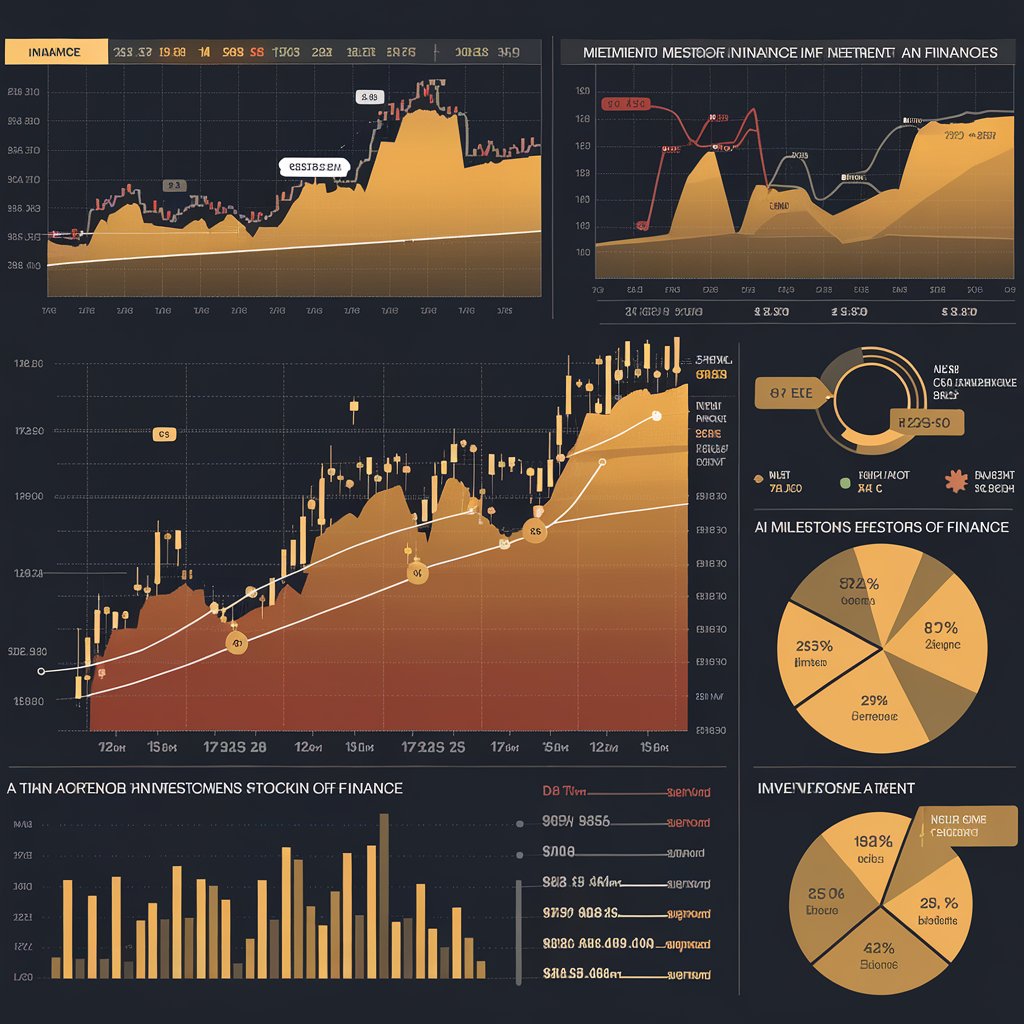 Google Ads Done Right – More Clicks, Less Waste!
Google Ads Done Right – More Clicks, Less Waste!
From Traditional Media to Digital Influencers: Expanding Your Media Outreach
Written by Jinesh Vora » Updated on: June 17th, 2025

Table of Contents
- The Evolution of Media Outreach
- Understanding Traditional Media
- The Rise of Digital Influencers
- Bridging the Gap: Integrating Both Approaches
- Strategies for Effective Media Outreach
- The Role of Authenticity in Influencer Marketing
- Measuring Success in Media Outreach
- Conclusion: The Future of Media Outreach
The very first and initially singular method of communication was found in what is referred to as "traditional media", such as newspapers, television, and radio. These platforms served to be the greatest sources of information for consumers and were critical for brands trying to create their presence in the market. Many things have changed in the present with the backing of increasing technological changes and changing behaviors of consumers. Today's brands are having to grapple with the complexities of a mediated environment that includes traditional media as well as emerging digital influencers.
Now, the democratization of content creation for one another person through social media has built one into a powerful voice in their communities. Such changing dynamics have continued to have a very deep impact on how brands are able to relate to their audiences, shaping strategies employed to reach them. This evolution is key in helping marketers grow their media extensions.
Understanding Traditional Media
Traditional media stands as the stronghold of public relations and marketing efforts for the longest time. Newspapers, magazines, television, and radio have all played significant roles in offering a platform for brands to tell their stories and link them with a wide audience based on established credibility and reach. Probably the biggest asset of traditional media is its ability to give credence to a brand using established channels.
Traditional media, however, has its own set of challenges. With the continued rise of digital consumption, it's been hard to maintain good readership numbers in print and viewership on television, making it hard for brands to grab eyeballs and attention. Advertisers also find it tough to track the impact of campaigns on traditional media, as direct conversions from print ads or TV spots are hard to do without more sophisticated analytics.
Despite this, traditional media is still integral to any robust outreach in the media. Brands that use traditional media wisely can benefit from enhanced credibility and reach, making this channel very valuable in a marketing arsenal.
The Rise of Digital Influencers
Unlike the more traditional forms of media, digital influencers have now become very significant players in the marketing arena. With a good number of subscriptions under their Instagram, YouTube, TikTok, and Twitter accounts, such people have shown a trend in credibility built upon authenticity and relatability. Unlike traditional journalists, they connect on a personal level with their audiences, thus making their recommendations more valid and trustworthy.
The rise of influencer marketing has changed the entire communication way of a brand with a target consumer. Research indicates that consumers are more likely to be influenced when it comes to recommendations by influencers over traditional advertisements. This has led brands to allocate significant shares of their marketing budgets to influencer collaborations in line with the possibility of realizing high engagement and conversion rates.
The method of influencer marketing makes room for result measurement. Brands have a way of following up on the campaigns through the checking of engagement rates, click-through rates, and conversion metrics. With this data-driven approach, marketers can make optimizations to ensure strong ROI.
Bridging the Gap: Integrating Both Approaches
Though traditional media and influencer marketing, at first glance, look incompatible, they can mesh together for a solid angle on any PR campaign. By doing this, the power of each approach will be utilized individually, giving brands maximum reach and impact.
Additionally, even traditional media are useful for building brand credibility, along with influencer collaboration, which can be targeted to specialized sets of target groups. For example, the coverage of a reputed magazine by a certain brand can be channelized in the exact same way through their respective influencer's social media handle. In such a scenario, brand visualization along with the message will be passed on to the audience through different channels.
One can further leverage influencer-generated content in traditional media campaigns. As an illustration, by providing an influencer testimonial or endorsement in print ads, there will be added authenticity to the curiosity of the consumer about the product. In this way, traditional and digital media synergize into a more cohesive brand story that moves diverse audiences.
Advertising Course in Delhi decorates a student with insights and effective integration into both the traditional and digital media strategy. Topics taken in such curriculums usually involve the most recent trends and best practices for media outreach so as to equip the marketers with the skills to navigate in the fast-changing media landscape.
Effective Media Outreach Strategies
Effective media outreach can be broadened by utilizing numerous strategies using both traditional and digital media. Here's how such could be effective:
Customized Messaging: A different set of messages should be framed for different mediums and influencers. This understanding of the interest and audience of each helps the brand to communicate accordingly.
Build a good relationship with the journalists or influencers. Get in touch with them on social media frequently, attend all industry events, and share notes about the industry developments that would interest them.
High-quality, shareable content on all the platforms. They need press releases, blog posts, videos, and infographics—consider delivering those that both the traditional media and the influencers will get enough information from.
Monitoring Trends: Monitor the trends that are happening in the industry, monitoring emerging topics that resonate with your target audience. This knowledge will enable brands to position themselves as thought leaders and take part in the right conversations.
Using Analytics: Media outreach should be analyzed for performance using analytics tools. Brands are able to perfect what works and what doesn't, which will improve execution of strategies for better results out of campaigns.
In this way, brands will even be able to extend more media outreach to traditional media and digital influencers.
The Role of Authenticity in Influencer Marketing
Authenticity in influencer marketing is a very vital element in the scenario. Due to the increased audience credibility, it can quickly hit if the declared partnership is not genuine. This concludes that, for a brand, there is a need to team up with someone who is genuinely sharing their values and message.
How to be authentic in cooperation:
Choose the Right Influencers: Work with influencers whose content and audience are coherent with the brand's values. This aligns the brand to more credibility with the right message tuned to the influencer's audience.
Allow Room for Creativity: Give influencers room to exhibit your brand how they know best. This elicits creative content that is appealing to their audience, hence more productive engagement.
Be Transparent in Collaborations: Mention partnerships and sponsored content Transparently engaging with the audience will build trust and affirm the authenticity of the influencer's endorsement.
It is this authenticity in the collaboration that will not only allow a brand to connect but also find a way to do so meaningfully with a consumer, ensuring long-term loyalty is established.
Measuring the Success of Media Outreach
Ensuring the Success of Media Outreach Efforts: Well, just as it happens with most facets of life, it can be difficult to tell when your media outreach campaign is successful unless you have indicators of what success is. Some crucial KPIs include:
Media Mentions: Measure the number and quality of your media mentions through modern and digital channels. Find out how far your articles, which contain your brands, are read.
Social Media Traffic: Watch how users interact with your content and the brand on social channels, such as likes, shares, favorites, and comments, and followers or fans growth. High engagement rates show that your content is relevant and interesting to your users.
Conversion Rates: Measure how media outreach affects conversion rates. Track how many leads or sales can be attributed back to specific media efforts, campaigns, or influencer collaborations, in particular.
Brand Sentiment: Get the feel for the sentiment that is driven by your earned coverage. A positive sentiment implies that good outreach has taken place; negative sentiment can be employed to dissect even more and identify PR threats.
By keeping a close eye on these metrics, brands are able to tweak outreach strategies and ensure that they meet the set goals.
Conclusion: The Future of Media Outreach
As mentioned above, in an almost permanent state of revolution, the landscape of media only enables brands to restore the strategy of their outreach in a way that traditional media and digital influencers coexist. By understanding the strengths and weaknesses of each approach, marketers can create integrated campaigns that extract maximum reach and engagement.
Putting money into knowledge can help you develop more in-depth insight, such as with a course in advertising in Delhi, which is good for learning more ideas on how to properly engage media. All of these courses deal with the latest practices and trends that enable a marketer to wield the necessary tools to make his or her way through the maze of modern media.
Effective media outreach involves a brand embracing evolving dynamics within the industry that regard traditional and digital platforms as equal opportunities to engage their target audience authentically. This becomes where, with meaningful effect, a brand can increase its visibility and credibility and ensure its long-term success in a pretty competitive environment.
Note: IndiBlogHub features both user-submitted and editorial content. We do not verify third-party contributions. Read our Disclaimer and Privacy Policyfor details.
Copyright © 2019-2025 IndiBlogHub.com. All rights reserved. Hosted on DigitalOcean for fast, reliable performance.














